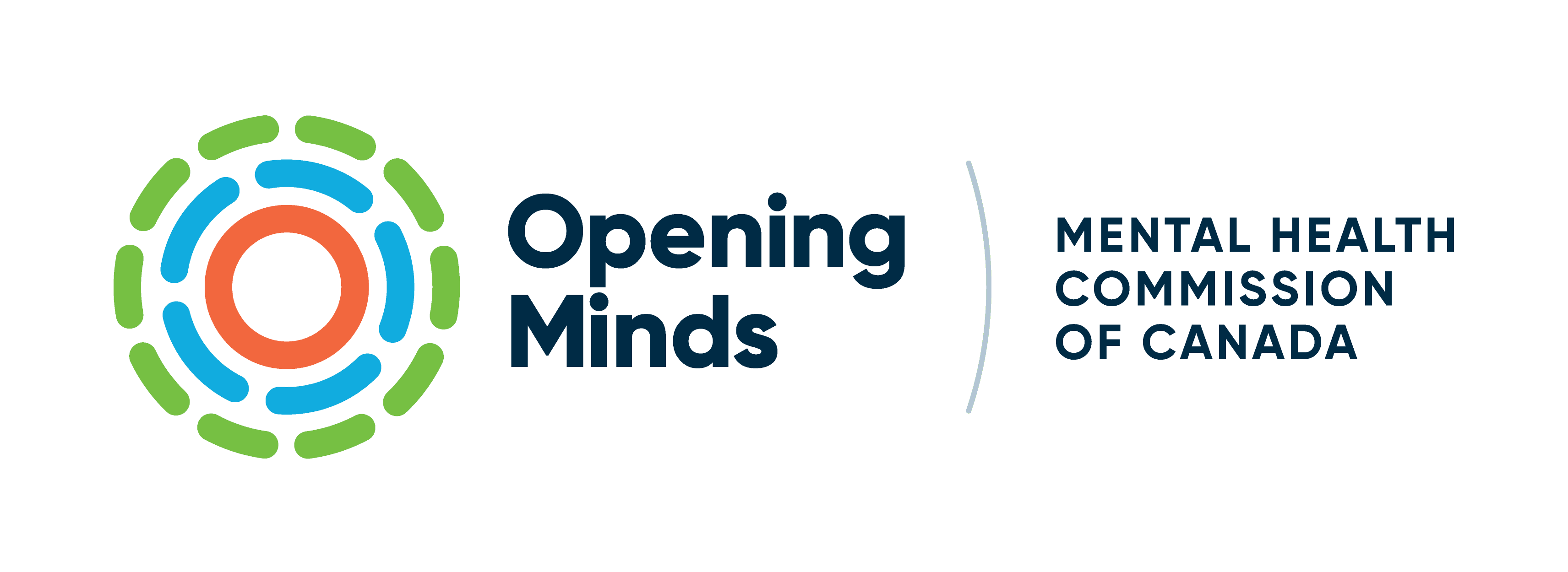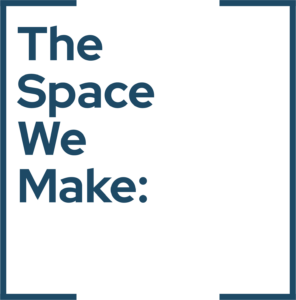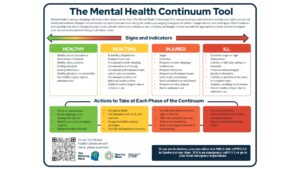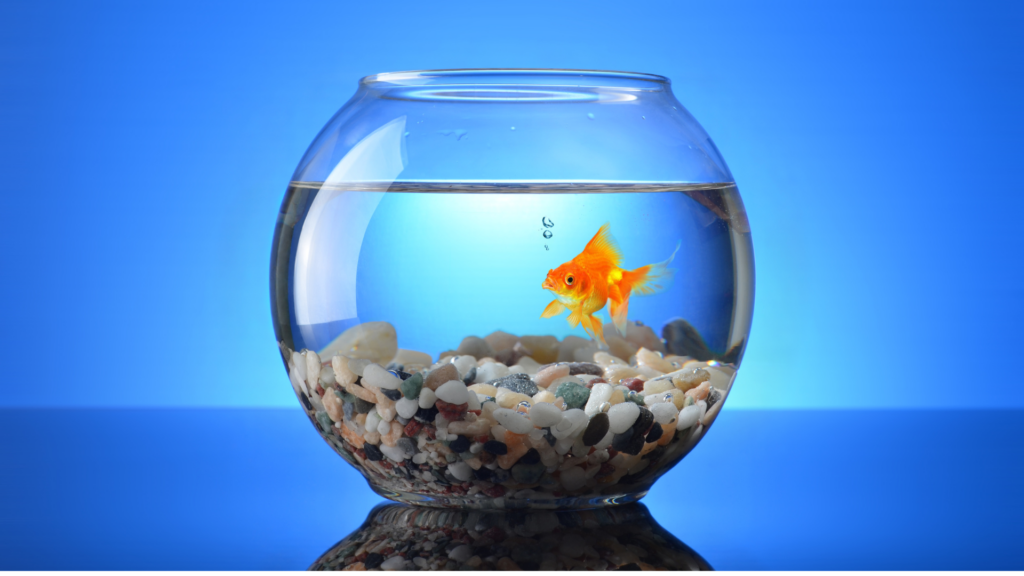Training your people is like teaching fish to swim better—but what about the tank they’re swimming in? This story dives into how great mental health strategies balance employee training and creating the right environment to thrive.
We often get asked: What does a mental health strategy actually look like in practice?
It’s a great question—and one that doesn’t have a one-size-fits-all answer. Every organization is different, and the approach can vary in scale, pace, and entry point. But one thing is true across the board: real impact comes from striking the right balance.
Yes, programs like Mental Health First Aid (MHFA) and The Working Mind (TWM) are foundational. They help individuals build awareness, reduce stigma, and support one another.
But that’s only part of the picture.
The goal isn’t just to train individuals—it’s to create the kind of environment where those individuals can truly thrive. That means training people and shifting systems. Because a strong mental health strategy includes both:
- Training that equips employees to support each other and build healthy interactions
- Training that lays the groundwork for embedding Psychological Health and Safety (PHS) principles across the organization
That’s the balance. And it starts with a simple question:
What about the water?
Meet Henry.
Henry is a good fish.
He’s doing his best—swimming strong, showing up, supporting his fellow fish when they’re having a tough day.
He’s been trained through MHFA to recognize when someone’s struggling, start a caring conversation, and guide them to help.
Through TWM, he’s learned how to manage his own stress, recognize signs of burnout, and build resilience with his team.
But something’s still off.
The water’s murky.
The filter keeps clogging.
The temperature swings unpredictably.
Henry has all the right skills—but he’s still swimming in the same unhealthy tank as everyone else.
At some point, it’s not just about Henry.
It’s about the tank.
Mental Health is Bigger Than the Individual
Many organizations start their mental health journey with individual training—and that’s a great place to begin. MHFA and TWM can change the way people see themselves and each other. They build confidence, reduce stigma, and create space for honest conversations.
But to create a truly supportive workplace, we need to think bigger. We need to ask not only “How are the people doing?” but also “What kind of environment are they in?”
That’s where systems change comes in.
Because even the best-trained Henry can only do so much if the tank isn’t safe.
Training Henry: MHFA and TWM
Mental Health First Aid (MHFA)
Teaches people how to:
- Recognize signs of mental health and substance use challenges
- Respond with care, safety, and support
- Connect others to resources
It’s like CPR for mental health—giving everyday people the tools to step in early, without needing to be professionals.
The Working Mind (TWM)
Helps individuals and teams:
- Understand their own stress and mental health
- Communicate more openly and effectively
- Build personal and collective resilience
TWM helps teams talk about “the water” with a shared language—and gives them tools to take care of themselves and each other.
Together, these programs create a strong, evidence-based foundation for workplace mental health.
But to build something lasting, we need to go deeper.
Cleaning the Tank: Psychological Health and Safety (PHS)
This is where Psychological Health and Safety (PHS) comes in.
PHS isn’t about individual behavior—it’s about the systems, structures, and culture that shape daily experience at work.
It helps organizations:
- Examine how work is designed and managed
- Identify and reduce risks to psychological well-being
- Align with the National Standard of Canada for Psychological Health and Safety in the Workplace
- Build healthier, more sustainable environments over time
Because if workloads are unmanageable, leadership is inconsistent, or employees don’t feel safe speaking up—no amount of individual resilience will fix that.
It’s about creating the right conditions, so the water stays clean.
It’s a System
These programs are most effective when they work together:
| Program | Focus | Role |
| MHFA | People helping people | Builds peer support and confidence |
| TWM | Individual and team awareness | Strengthens communication and culture |
| PHS | Organizational systems | Embeds sustainable change from the top down |
It’s not about choosing one.
It’s about layering them for a full, strategic approach—supporting people and shaping the environment. You can start with one, and scale based on your organizational needs.
That’s how you create a workplace where mental health isn’t a side initiative—it’s part of how things are done.
So… What About Your Tank?
Mental health at work isn’t just about how people cope.
It’s about what they’re coping with.
So yes—train your Henrys. Help people build awareness, skills, and confidence.
But don’t stop there.
Look at the water.
The culture. The systems. The expectations.
Because when you take care of the tank, everyone swims better.
